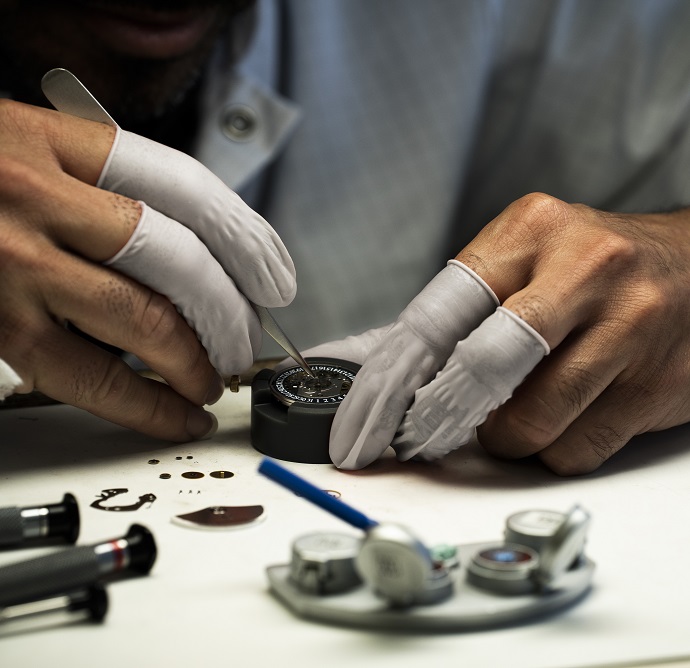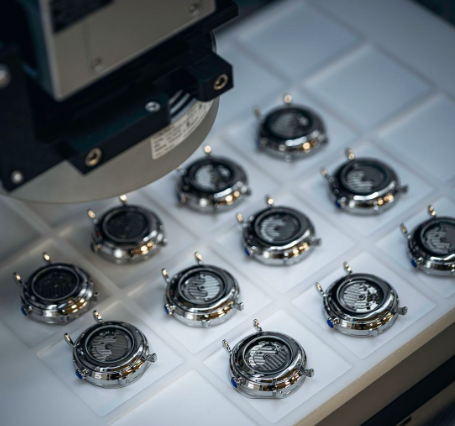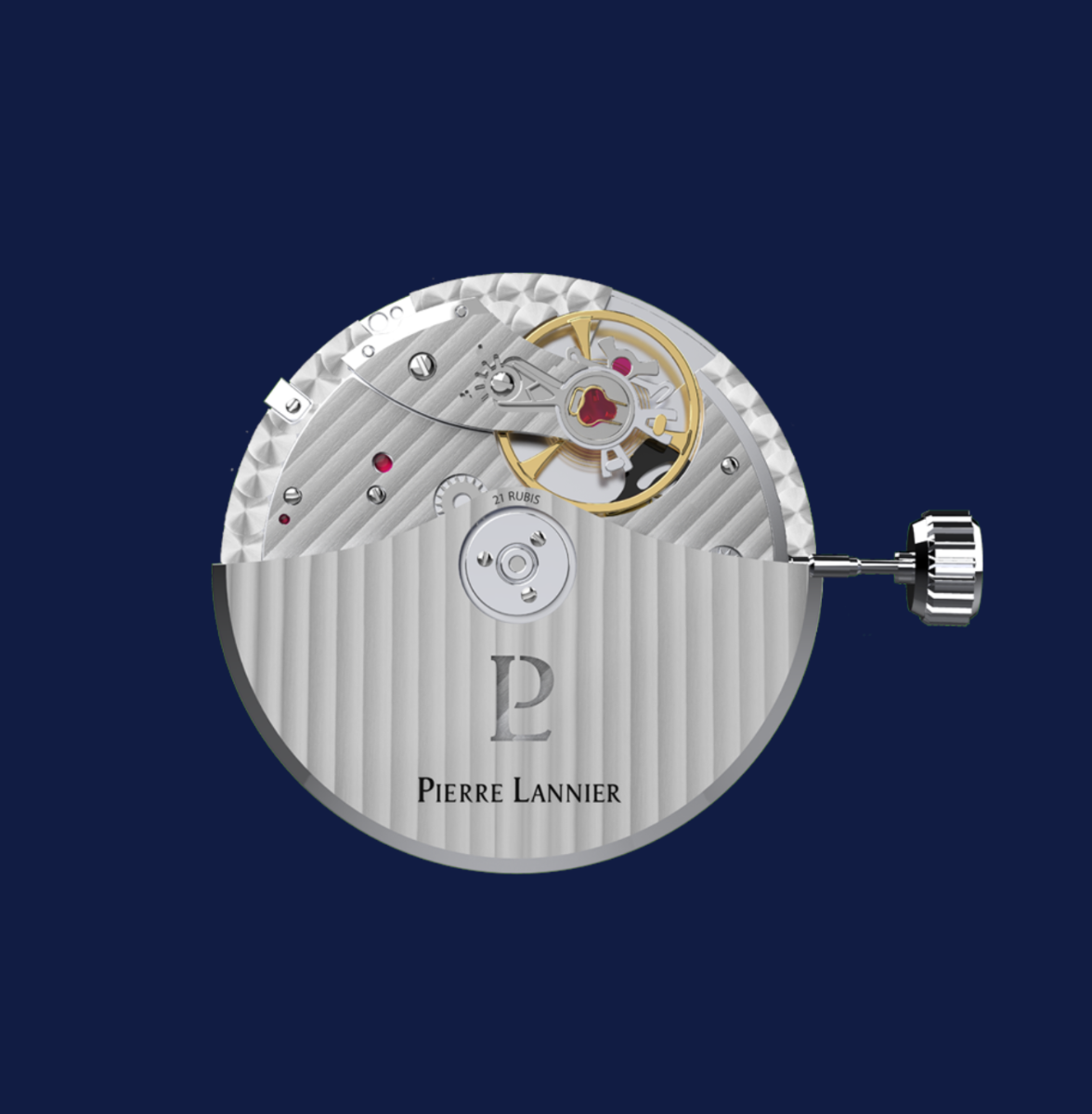Openwork
The openwork of a watch is a technique that consists of creating an illusion of lace through the movement by playing with the transparency and opening of the parts. This is the technique that gives rise to the skeleton watches which are the House's signature. The mechanism is thus exposed by the absence of certain parts of the dial and reveals its workings and colours. In general, it is used on timepieces with an atypical movement: it is therefore preferred on automatic movements. This cut-out can take different forms in order to give a real identity and artistic dimension to the watch.
The openwork is the most widespread decoration technique at Pierre Lannier. Indeed, a large part of the men's and ladies' watches are so-called "skeleton" watches, where the automatic mechanism is made visible in different patterns. The House has also created a forthcoming chronograph collection, where the date is made visible through the openwork of the dial. Discover them very soon.


